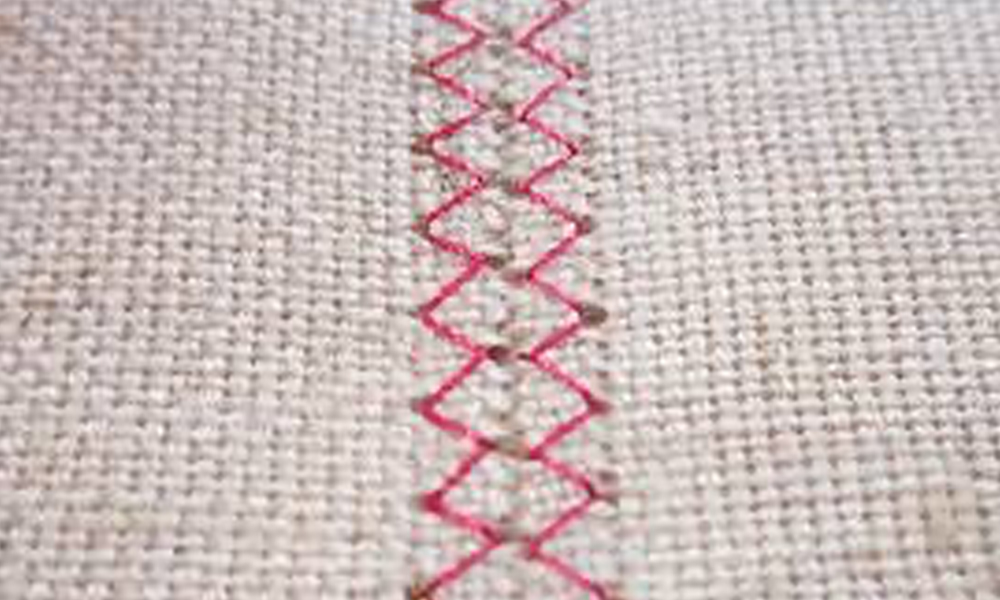OASIS – Obstetric Anal Sphincter Injuries.
Also known as 3rd or 4th degree tears from childbirth. Ouch. You know that puckering and lifting your perineum off the seat sensation you just got? Welcome to your pelvic floor ladies. OASIS can effect the function of the pelvic floor. Thankfully, my friend, and vagina doctor (working in obstetrics and gynaecology) Dr Amelia Ryan has answered some questions on tearing during childbirth.
What is a 3rd or 4th degree anal sphincter tear?
Vaginal or perineal tearing during childbirth is really common. In fact, vaginal birth causes some degree of trauma to around 85% of women who go through it. Not all perineal tears are created equal and we describe them in degrees, from 1st to 4th, depending on how deeply the tear extends. 1st and 2nd degree tears are more minor and involve the superficial perineal structures but 3rd and 4th degree tears extend down to involve the anus (back passage). A 3rd degree tear involves the muscles around the anus (the sphincter), and a 4th degree tear involves the anal lining itself. These types of tears are less common, but occur in about 6 in every 100 women who have a vaginal birth.
If I have one, what symptoms might I have, and what is the chance of me having these symptoms?
The muscles around the anus are really important for keeping poo and gas in until you are in a suitable environment to let it out, so damage to these structures could lead to ‘incontinence’ or leakage of poo or wind when you don’t want it to happen. 3rd and 4th degree tears can also cause pain with sex or, if not repaired, a ‘fistula’ or opening between the vagina and the anus. Fortunately, if it is repaired properly, about 80% of women have no issues by the time their baby turns 1. Phew!
What are the treatments?
Once a 3rd or 4th degree tear is identified, the repair is usually arranged in an operating theatre so that it can be done properly. The different muscle layers are returned to their original position with stitches. That part is usually straightforward, but the real work starts after that. The next step involves rebuilding the strength in the pelvic floor muscles that have been damaged. This involves pelvic floor muscle exercises, best supervised by a pelvic floor physiotherapist once the wound has healed and it is comfortable to do so. Other things that can help the muscles heal are:
- avoiding constipation and straining
- staying well hydrated
- avoiding heavy lifting (nothing heavier than your baby)
- avoiding infection by changing pads regularly and keeping the area clean and dry.
Basic pain relief (paracetamol/ibuprofen) may be required to keep the discomfort at bay for the first week or so. It’s important to remember that all women should be doing these things to improve the state of their pelvic floor after having a baby, regardless of how they had their baby or what sort of tear they experienced. But it’s even more important for women with a 3rd or 4th degree tear. After going home, it is important to have regular physiotherapy assessments and then a gynaecology review at about 3 months postnatal (depending on local protocols) to check the repair is healing well.
Should I have a Caesarean Section for any further births after sustaining an anal sphincter tear?
If you have suffered from a 3rd degree tear in the past, and have no issues related to your perineum, it is often ok to deliver by vaginal birth again, but this should be discussed with an obstetrician during any future pregnancy and your delivery should be supervised by an experienced midwife or doctor. Luckily, the recurrence rate is low at about 5%. However, if you suffer from ongoing issues related to your previous 3rd degree tear e.g. anal incontinence, or you had a previous 4th degree tear, you should discuss this with your obstetrician as a caesarean section may be a more appropriate delivery option for you to prevent a recurrent tear or worsening of your symptoms.
Dr Amelia Ryan is a member of the Royal Australian and New Zealand College of Obstetrics and Gynaecology. She graduated from medical school at the University of Otago, and after working at National Women’s Hospital in Auckland, she is now based in Melbourne, Australia and works in high risk obstetrics and general gynaecology. She is lucky enough to be friends with Caitlin with whom she enjoys drinking wine whilst talking about the vagina.
Thanks Milly!!
– the vagina physio

